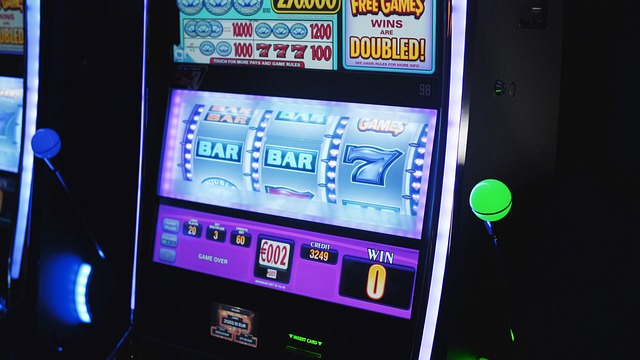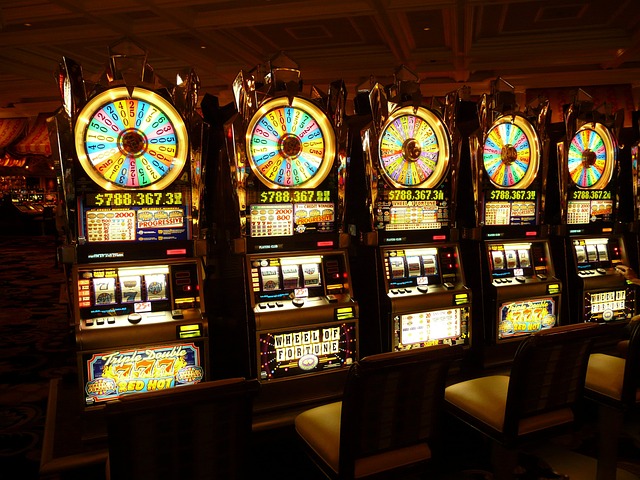Whether you’re spinning reels in a land-based casino or clicking away on an online slot, you’ve probably come across the term RTP, or Return to Player. This crucial figure often appears in game descriptions, but many players overlook its importance. Knowing what RTP is—and how it works—can make a real difference in how you choose your games and manage your money.
RTP is a key concept in casino gaming, particularly with online slots, where it directly affects your potential return over time. By understanding how it functions, you can make smarter, more strategic decisions that stretch your bankroll and improve your long-term experience.
Let’s break down what RTP really means and why it should matter to every gambler.
What Is RTP in Gambling?
RTP stands for Return to Player, and it’s expressed as a percentage. It represents the theoretical amount of money a slot or casino game returns to players over the long run. For example, a game with a 96% RTP will, on average, return $96 for every $100 wagered over thousands or millions of spins.
It’s important to remember that RTP is not a guarantee of how much you’ll win back in a single session. Instead, it’s calculated based on extensive simulations and is meant to reflect long-term performance, not short-term results.
So, a high RTP doesn’t mean a game pays frequently—it just means that over time, more of what’s wagered is returned to players compared to a lower RTP game.
How Is RTP Calculated?

Game developers use mathematical models and test simulations to determine RTP. This is usually done by simulating millions or even billions of game rounds, tracking how much is wagered and how much is returned in winnings.
These calculations are then verified by independent auditing organizations like:
- eCOGRA
- iTech Labs
- GLI (Gaming Laboratories International)
The final RTP value is published to provide transparency and give players an idea of the game’s payout potential. In most regulated online casinos, this number is included in the game’s info panel or help section.
Why RTP Matters to Players
Understanding RTP can help players make informed choices when selecting which games to play. While it doesn’t predict the outcome of individual sessions, it does provide a sense of the game’s efficiency over time.
Here’s why it matters:
- Long-term value: Higher RTP games return more money on average, making your bankroll last longer.
- Better comparisons: You can compare similar games based on RTP to find the one that offers the best expected return.
- Wagering requirement strategy: If you’re trying to meet wagering conditions on a bonus, high-RTP games can help reduce losses.
Many experienced players prioritize RTP, especially when combining it with knowledge of volatility, bonus features, and betting options.
RTP vs House Edge

RTP is often the inverse of the house edge, which is the percentage the casino keeps over time. For example, if a slot has an RTP of 95%, the house edge is 5%.
Understanding this relationship helps explain how casinos make money while still offering players chances to win:
- Higher RTP = Lower house edge = Better for the player
- Lower RTP = Higher house edge = More profit for the casino
Slots generally have RTPs between 90% and 98%, with most modern games averaging around 96%. Table games like blackjack can have RTPs over 99% when played with basic strategy.
How to Use RTP in Game Selection
If you’re serious about maximizing your gameplay, look at the RTP before starting any game. You can usually find it:
- In the game’s info section
- On the casino’s game details page
- In slot comparison websites or reviews
For slots, a game with an RTP of 96% or higher is generally considered favorable. However, RTP should be weighed alongside other factors like:
- Volatility (low, medium, high)
- Bonus features
- Betting limits
- Theme and personal preference
A game with slightly lower RTP but great features or gameplay might still be worth playing—especially if it’s fun and suits your style.
RTP is a critical part of understanding how casino games work, especially for players who want to maximize their value and minimize risk. While it doesn’t guarantee wins, it gives you a mathematical foundation to guide your choices.
By choosing games with higher RTPs, you improve your long-term chances of keeping more of your money—and possibly walking away with bigger wins. Combine RTP knowledge with good bankroll management, and you’ll be gambling smarter every time you play.
